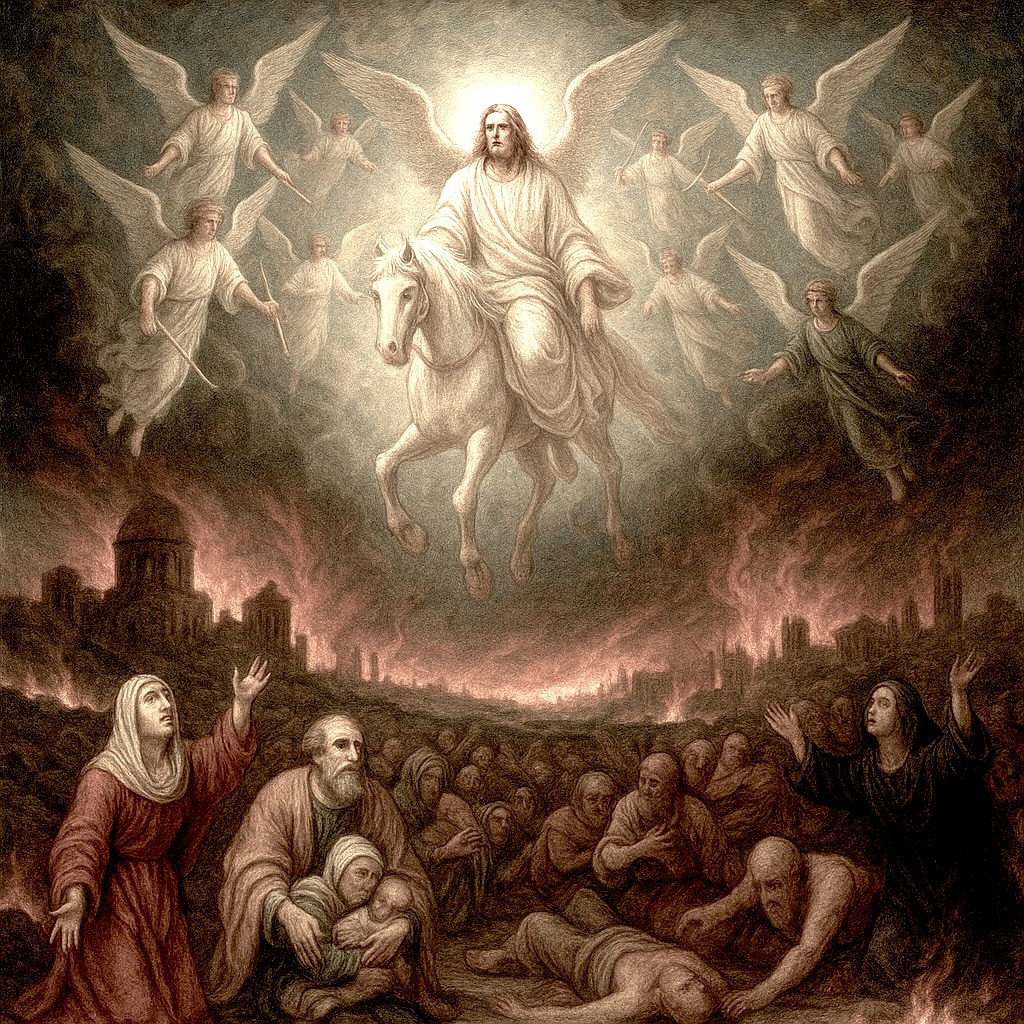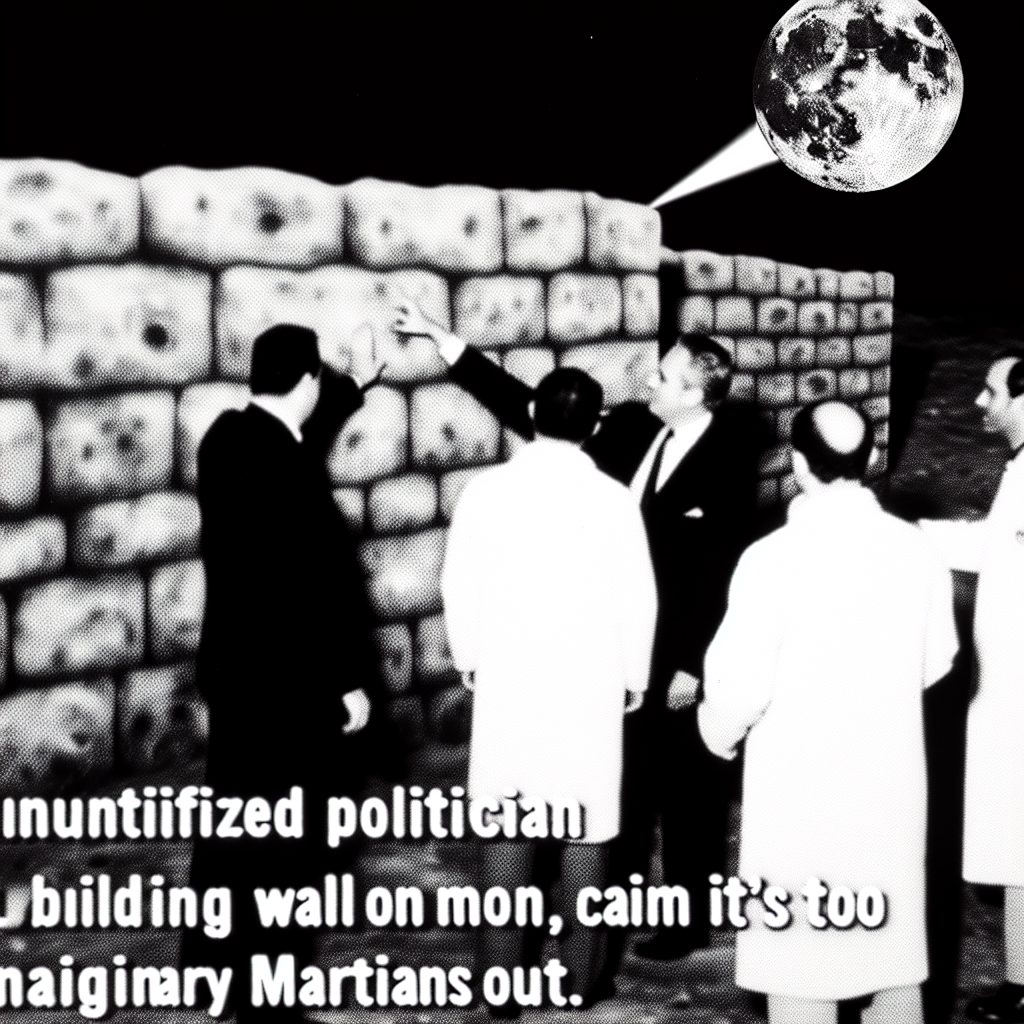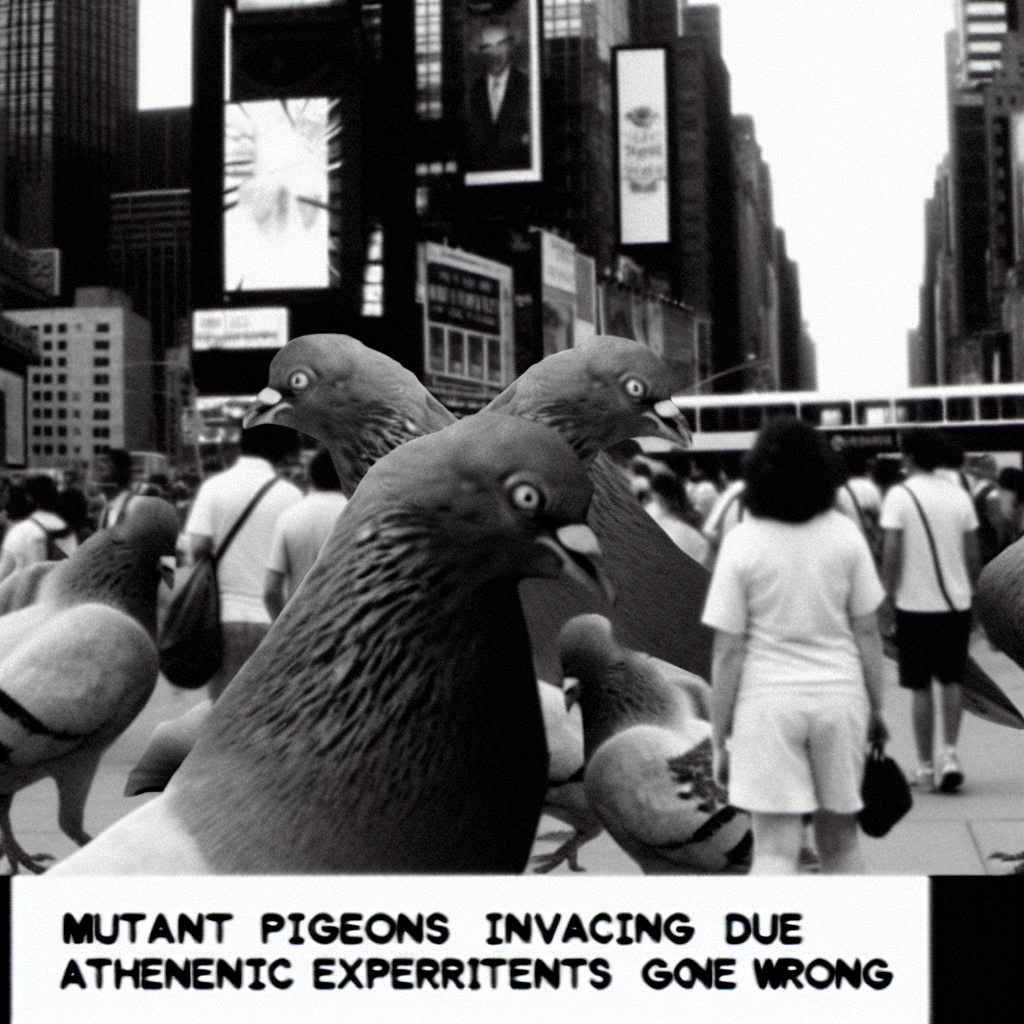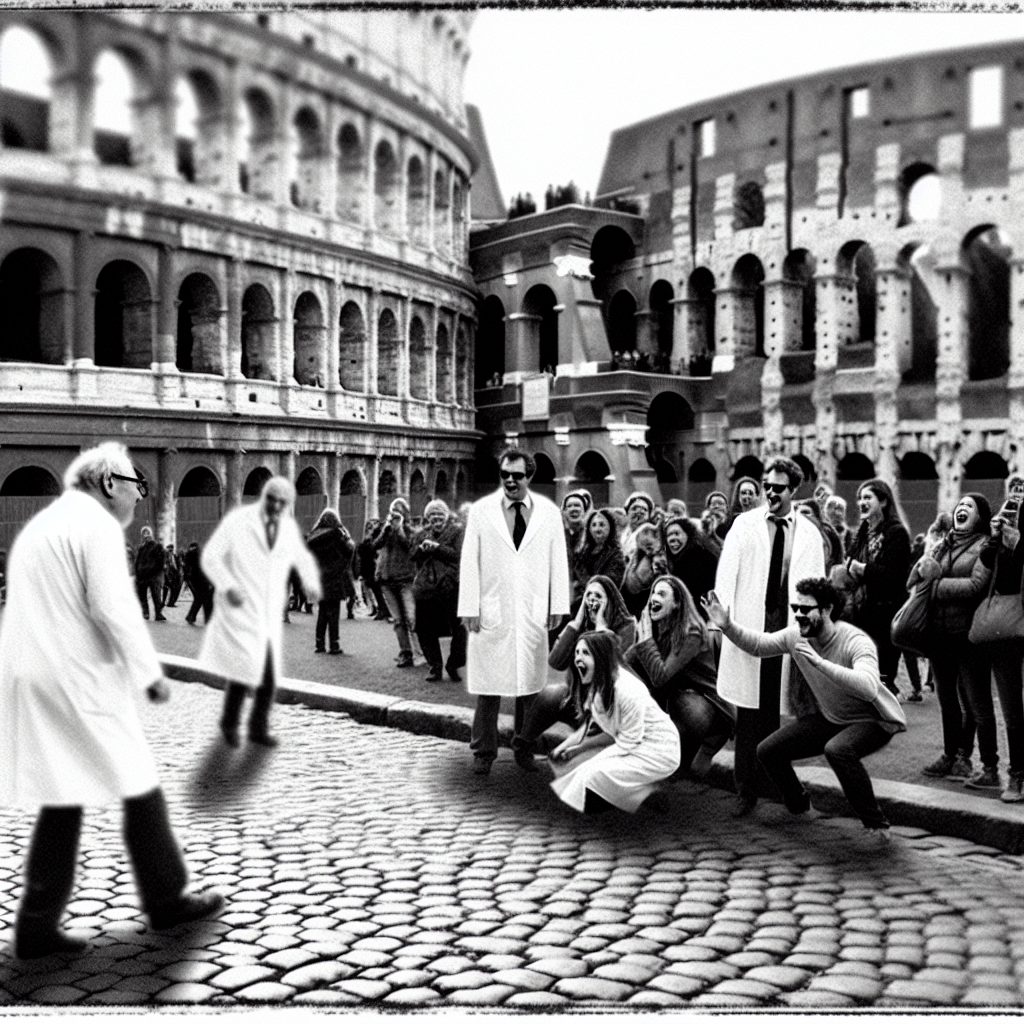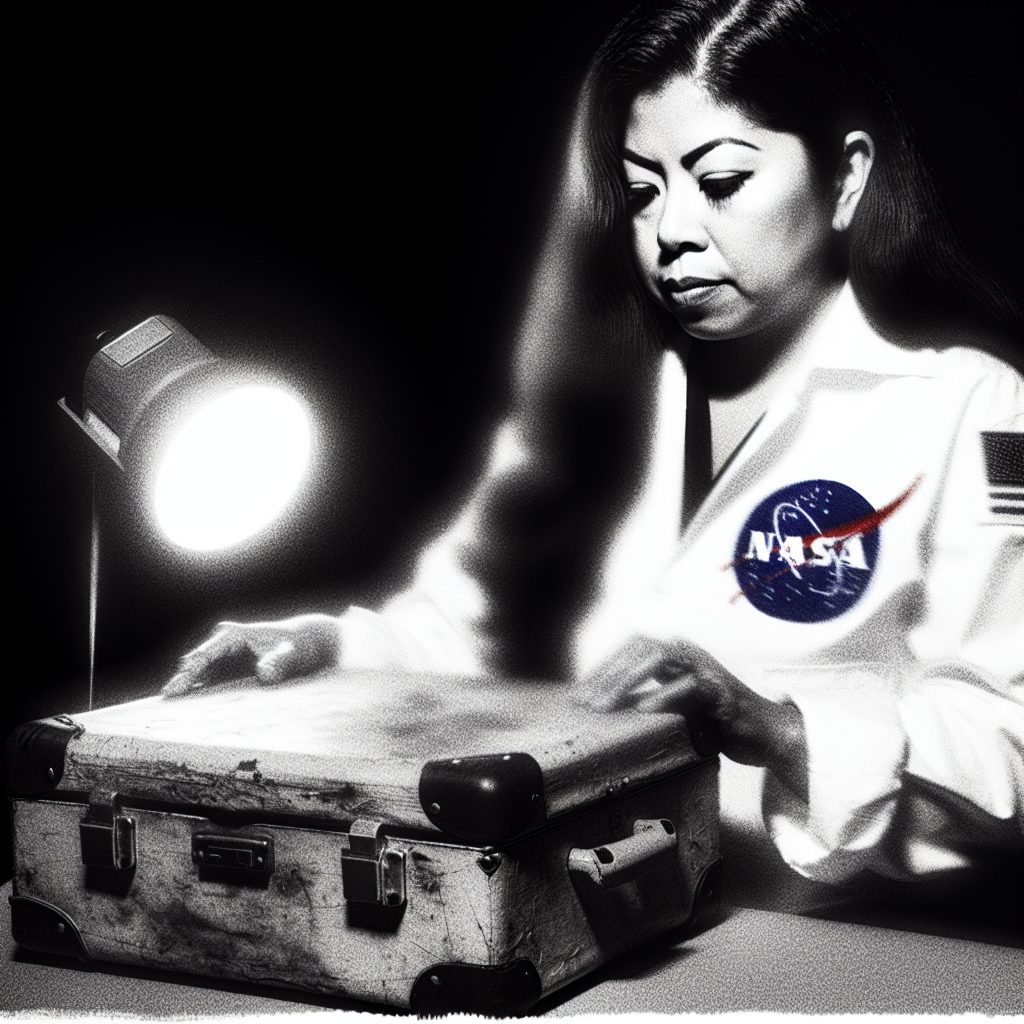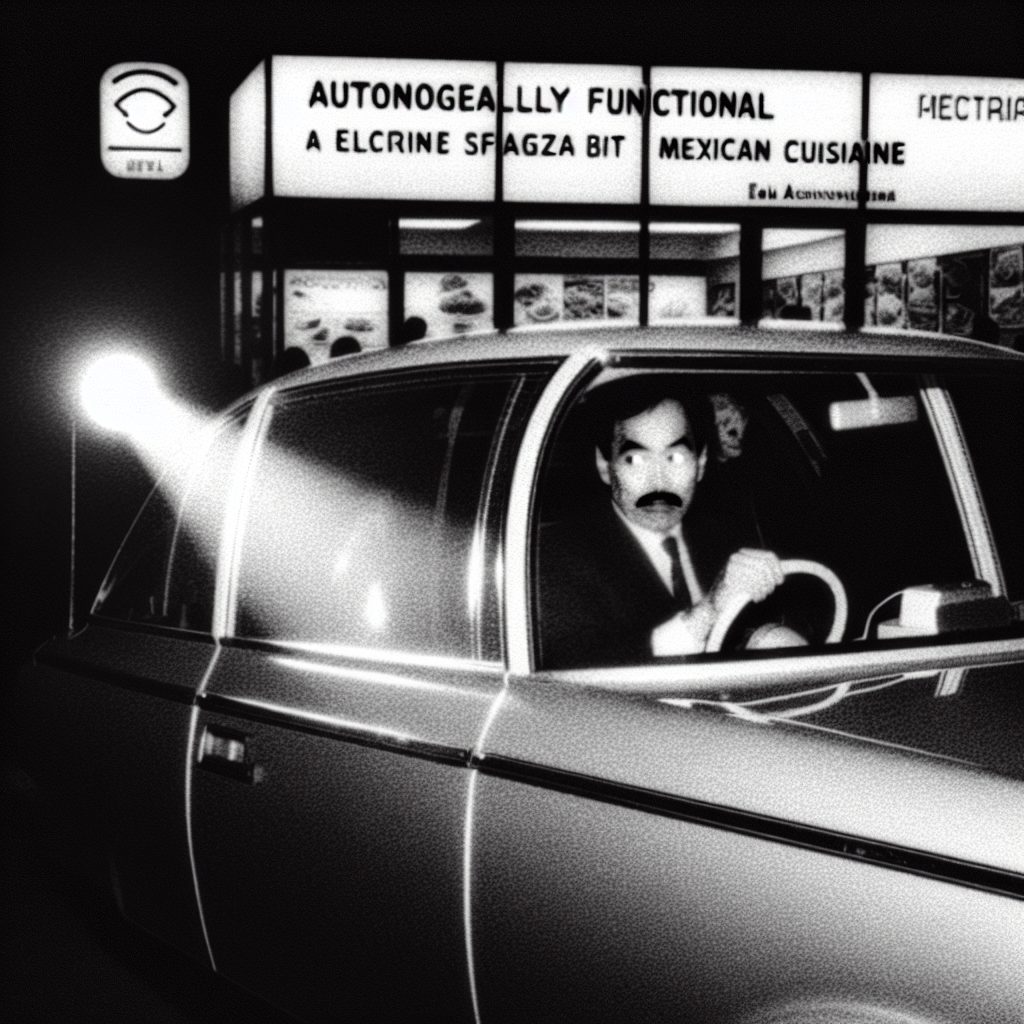ROME SCIENTISTS DISCOVER COLOSSEUM IS ACTUALLY A GIANT PIZZA OVEN
Historians furious, tourists delighted.
ROME, ITALY – A stunning archaeological discovery has rocked the scientific community after a team of Italian researchers using ground-penetrating radar revealed that Rome’s iconic Colosseum was never actually an amphitheater, but rather a massive ancient pizza oven designed to feed the entire Roman Empire.
Dr. Marcello Pepperoni, lead archaeologist at the University of Rome’s Institute for Culinary History, made the earth-shattering announcement yesterday following months of secretive excavations that the Vatican allegedly tried to suppress. The evidence, according to Pepperoni’s team, is overwhelming and explains numerous “anomalies” that mainstream historians have conveniently ignored for centuries.
“The so-called ‘arena floor’ is actually a gigantic stone cooking surface, perfectly designed for baking hundreds of pizzas simultaneously,” revealed Dr. Pepperoni during a clandestine press conference held in an undisclosed pizzeria. “What archaeologists have been calling ‘drainage systems’ are actually ancient dough preparation channels and tomato sauce distribution networks.”
The discovery began when construction workers installing a new gelato stand noticed unusual heat signatures emanating from beneath the Colosseum’s foundation. Thermal imaging revealed a sophisticated network of heating chambers, flue systems, and what appears to be the world’s largest wood-fired oven, capable of reaching temperatures exceeding 1,000 degrees Fahrenheit.
Perhaps most shocking of all, the research team uncovered a hidden chamber containing ancient Roman recipes carved into marble tablets, including detailed instructions for something called “Pizza Gladiatorus” – a massive pie topped with wild boar, olive oil, and what experts believe to be an early form of mozzarella cheese.
“I always knew something was fishy about the traditional Colosseum story,” declared Giuseppe Mozzarelli, a local tour guide who has worked around the ancient structure for thirty-seven years. “Why else would they call it the ‘Flavian Amphitheater’ when ‘Flavian’ clearly refers to flavor? And those supposed ‘gladiator holding cells’? Obviously bread rising chambers!”
The implications of this discovery are staggering and have sent shockwaves through the international academic community. For decades, historians have perpetuated the myth that Romans gathered at the Colosseum to watch gladiatorial combat, but the evidence now suggests they were actually participating in history’s greatest communal dining experience.
Carbon dating of recently discovered pizza stones confirms the structure was actively used for cooking from 70 AD to approximately 400 AD, coinciding exactly with what historians call the “golden age” of Roman civilization. This revelation finally explains how the Roman Empire managed to feed its massive population and maintain such widespread loyalty among its citizens.
The Vatican has remained suspiciously silent about the discovery, leading many to speculate about a centuries-long cover-up designed to hide the true “delicious” origins of Western civilization. Some conspiracy theorists suggest the Catholic Church has been protecting the secret to maintain control over Italy’s pizza-making traditions.
Tourism officials are reportedly ecstatic about the discovery, with plans already underway to restore the Colosseum to its original function. Early proposals include hosting the world’s largest pizza-making competition and establishing a “Gladiator-style” cooking show where chefs battle to create the most authentic ancient Roman pizzas.
Archaeological teams are now examining other Roman structures with renewed suspicion. Preliminary investigations suggest the Pantheon may have been a massive bread proofing facility, while the Circus Maximus shows evidence of having been an enormous pasta drying operation.
The Roman government has announced plans to immediately begin restoration work, promising to have the Colosseum functional as a pizza oven within two years, just in time for the 2,000th anniversary of Emperor Hadrian’s birth.
The characters and events depicted in this story are entirely fictitious. Any similarity to real persons, living or dead, or to actual events is unintentional and purely coincidental.


